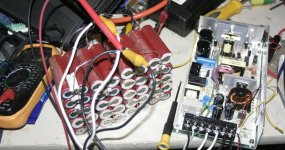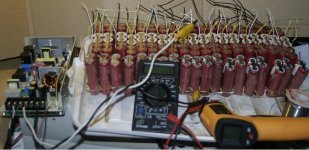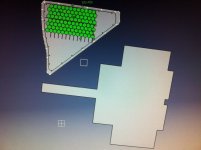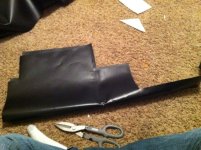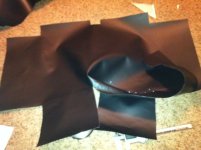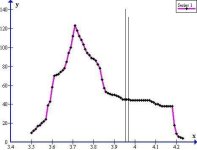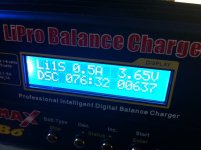etriker
100 kW
spuzzete said:@ DrkAngel
Thank you for your explanation, it makes perfect sense.
@Etriker
The datasheet says 3.6v nominal and 4.2v fully charged. I believe that the final voltage after recharge has influence on the discharging curve too.
And everything else too ? Temp, age, cycles, discharge current.
Also what is inside the cells. Different brands are different inside and do not discharge the same.
I don't ever run the bike until cells go lvc or off the cliff. That is why we have pedals ?
After the pack is built I test it and see where the cells go off the cliff, in parallel, in the built pack and rate the pack.
If it is a 12 ah pack I don't use more than 10 ah at the most before recharging.
Heck, if you built it you can call a 12ah pack a 10ah pack and only use 8ah before recharging if you want ?
You are the bms ?


